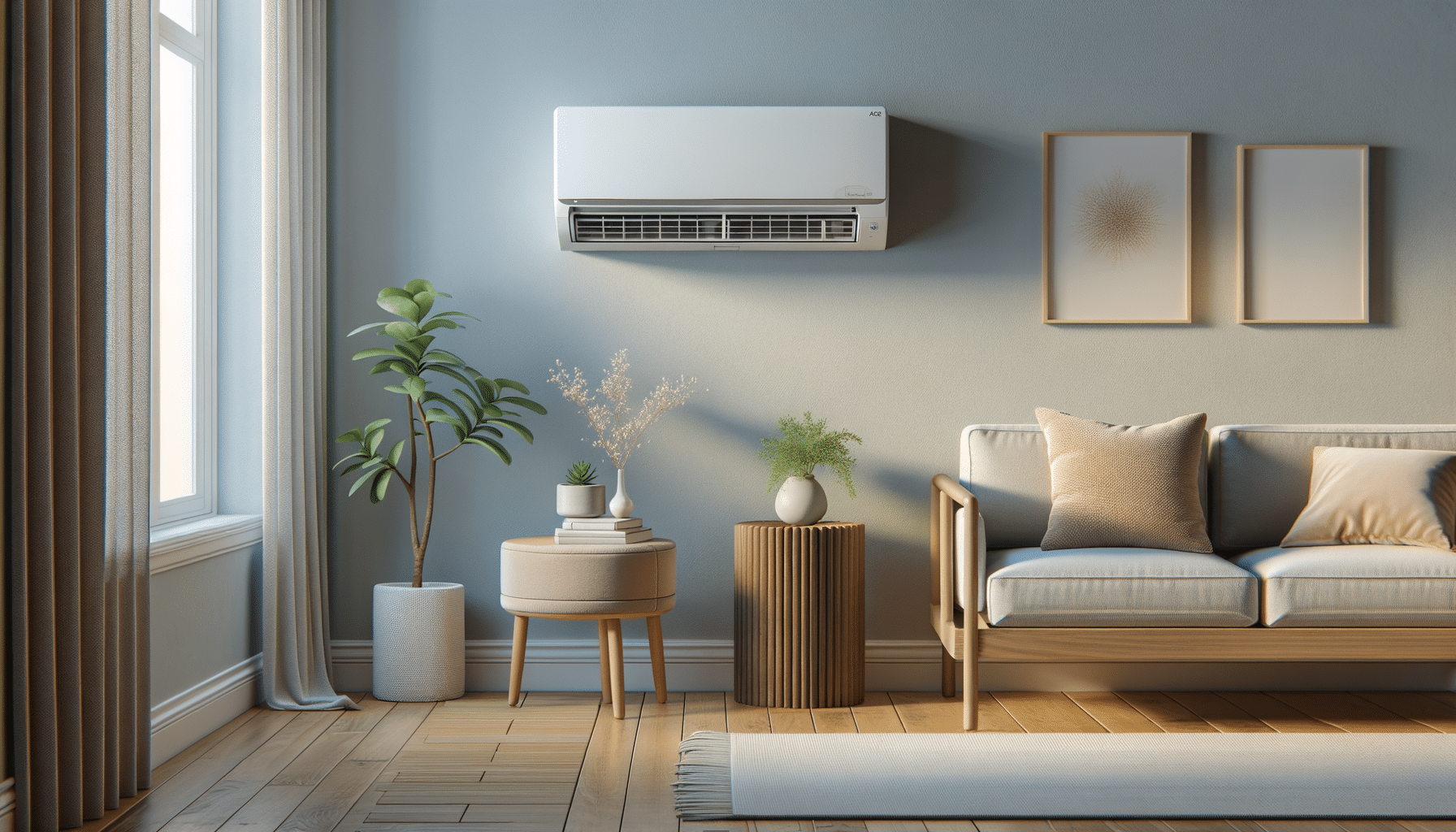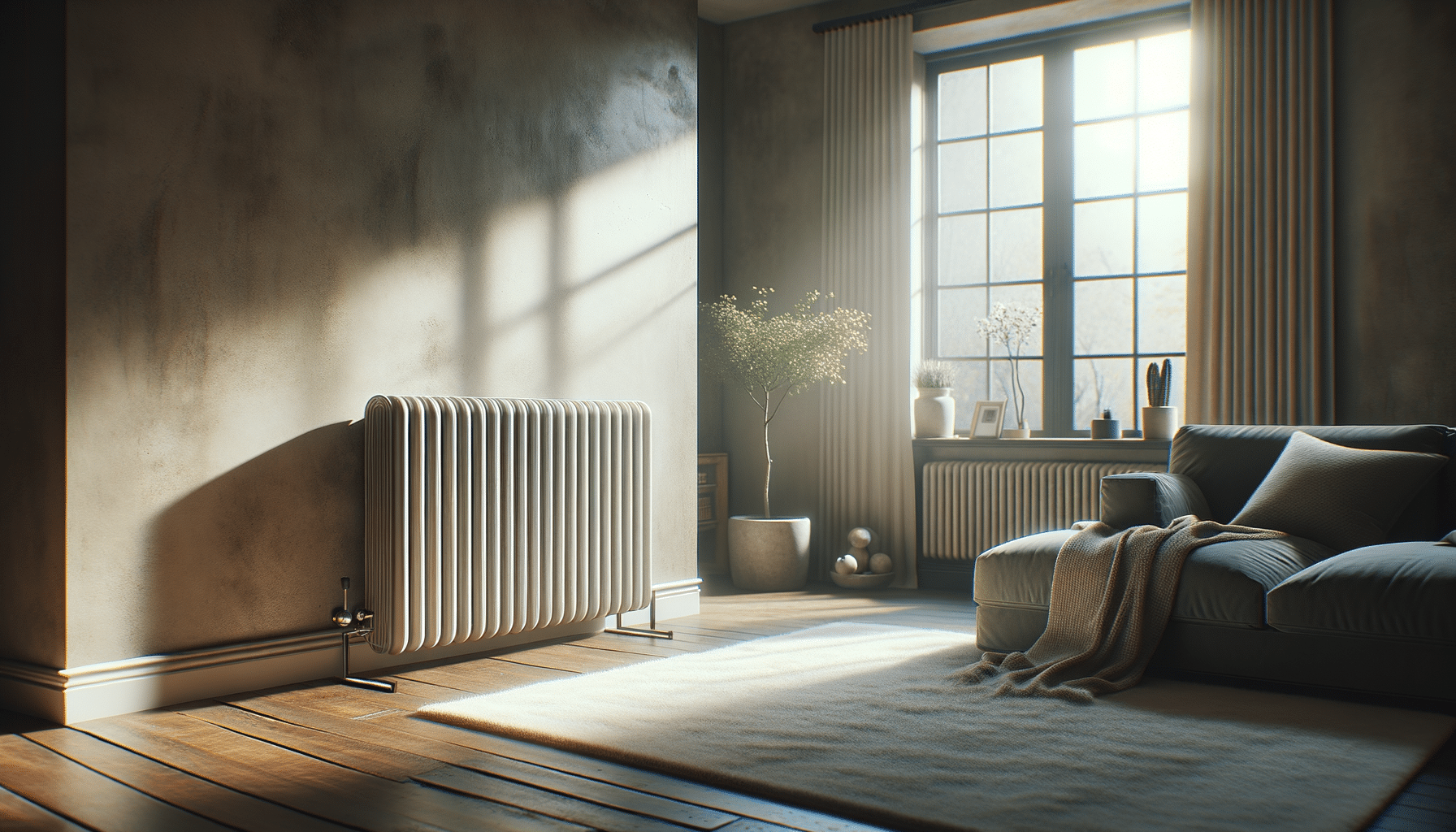
Ductless Air Conditioner Units: Efficient Cooling Without the Hassle
Introduction to Ductless Air Conditioners
Ductless air conditioners, often referred to as mini-split systems, have become increasingly popular as an efficient and flexible cooling solution. Unlike traditional air conditioning systems that require extensive ductwork, ductless units provide cooling directly to specific areas. This makes them ideal for homes and offices where adding ducts is impractical or impossible. Additionally, these systems are known for their quiet operation and energy efficiency, making them a preferred choice for many.
The primary advantage of ductless air conditioners is their ability to provide zoned cooling. This means you can cool specific rooms or areas independently, which not only increases comfort but also enhances energy efficiency. This feature is particularly beneficial in spaces that are not used uniformly, allowing for temperature adjustments based on occupancy.
Moreover, ductless systems are a boon for older buildings lacking the space for ductwork. They offer a sleek, modern design that can be seamlessly integrated into various interior styles, providing both functionality and aesthetic appeal. The simplicity of the installation process is another significant benefit, often requiring just a small hole for the conduit.
How Ductless Air Conditioners Work
Ductless air conditioners consist of two main components: an indoor air-handling unit and an outdoor compressor. These components are connected by a conduit that houses the power cable, refrigerant tubing, suction tubing, and a condensate drain. This design allows for a straightforward installation process, making ductless systems an attractive option for many homeowners.
The operation of ductless systems is quite simple. The indoor unit blows cool air into the room, while the outdoor unit dissipates the heat extracted from the indoor environment. This efficient transfer of heat ensures that the indoor space remains comfortable even during extreme weather conditions. The refrigerant plays a crucial role in this process, cycling between the indoor and outdoor units to absorb and release heat.
One of the standout features of ductless air conditioners is their ability to operate quietly. The indoor units are designed to minimize noise, making them ideal for bedrooms, living rooms, and offices where silence is appreciated. Furthermore, the absence of ducts reduces the chances of dust and allergens circulating in the air, promoting a healthier indoor environment.
Benefits of Ductless Systems
Ductless air conditioners offer numerous benefits that make them a compelling choice for many. Here are some of the key advantages:
- Energy Efficiency: By allowing for zoned cooling, ductless systems reduce energy consumption, leading to lower utility bills.
- Easy Installation: The lack of ductwork simplifies the installation process, saving time and reducing labor costs.
- Quiet Operation: These systems operate quietly, making them suitable for noise-sensitive environments.
- Improved Air Quality: Without ducts, there is less opportunity for dust and allergens to circulate, enhancing indoor air quality.
- Flexible Design: The sleek, unobtrusive design of ductless units allows them to blend seamlessly into any décor.
These benefits highlight why ductless air conditioners are becoming a preferred choice for modern cooling needs. Their ability to provide efficient, targeted cooling while maintaining a quiet and clean environment makes them an excellent investment.
Considerations for Choosing a Ductless System
When selecting a ductless air conditioner, several factors should be considered to ensure the system meets your specific needs. Firstly, assess the size of the area that requires cooling. Ductless systems are available in various capacities, so choosing a unit that matches the space size is crucial for optimal performance.
Another important factor is the location of the indoor and outdoor units. Proper placement is essential for efficient operation and to maximize the cooling effect. Typically, the indoor unit should be installed at a height that allows for optimal air distribution, while the outdoor unit should be placed in a location that allows for adequate airflow and minimal exposure to the elements.
Additionally, consider the system’s energy efficiency rating. Look for units with high SEER (Seasonal Energy Efficiency Ratio) ratings, as these indicate better energy performance. While higher-rated units may have a higher upfront cost, the savings in energy bills over time can make them a worthwhile investment.
Lastly, consider the aesthetic impact of the indoor unit. Ductless systems come in various styles and finishes, allowing you to choose a design that complements your interior décor.
Conclusion: Is a Ductless System Right for You?
Ductless air conditioner units offer a modern, efficient solution for cooling needs in spaces where traditional systems may not be feasible. Their energy efficiency, ease of installation, and quiet operation make them an attractive option for homes and offices. By providing zoned cooling, they not only enhance comfort but also reduce energy consumption.
However, it’s essential to carefully assess your specific needs and space requirements before making a decision. Consider factors such as the size of the area to be cooled, the placement of units, and the system’s energy efficiency. By taking these into account, you can determine whether a ductless system is the right choice for your cooling needs.
Ultimately, ductless air conditioners represent a flexible and efficient way to maintain a comfortable indoor environment, making them a valuable addition to any home or office.


